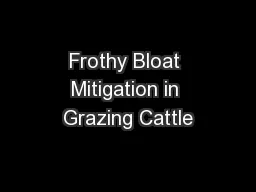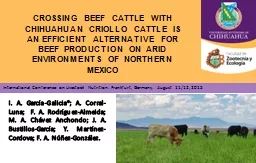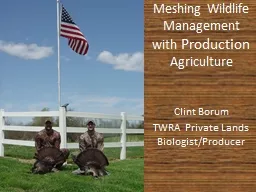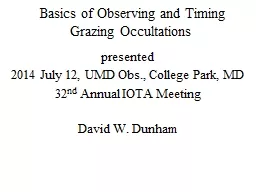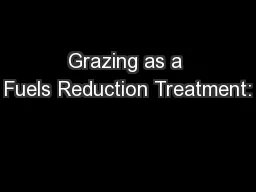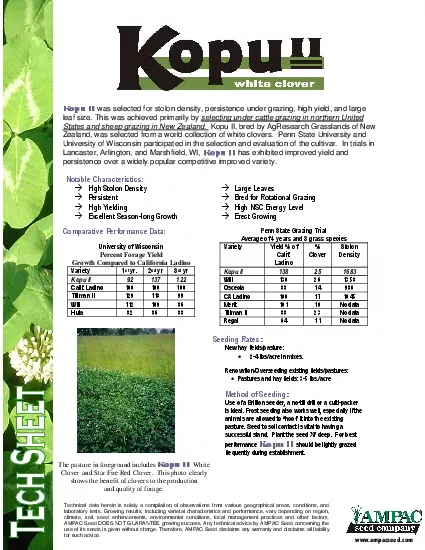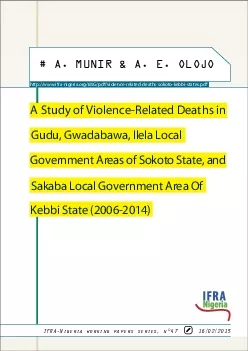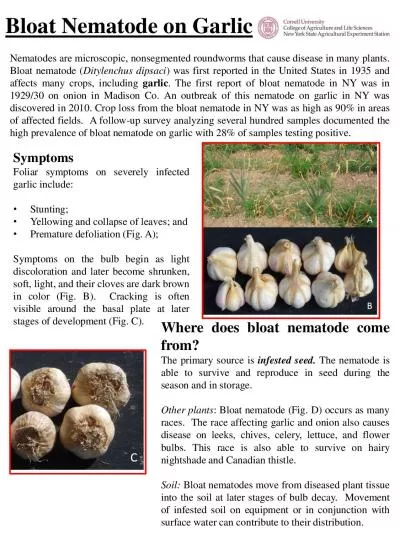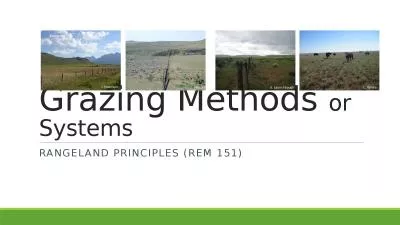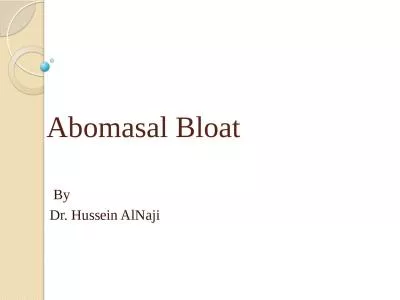PDF-Frothy Bloat Mitigation in Grazing Cattle
Author : pamella-moone | Published Date : 2015-07-25
Frothy bloat impacts on cale production in the United States in 1999 were estimated to be greater than 300 million dollars Frothy bloat is the major nonpathogenic
Presentation Embed Code
Download Presentation
Download Presentation The PPT/PDF document "Frothy Bloat Mitigation in Grazing Cattl..." is the property of its rightful owner. Permission is granted to download and print the materials on this website for personal, non-commercial use only, and to display it on your personal computer provided you do not modify the materials and that you retain all copyright notices contained in the materials. By downloading content from our website, you accept the terms of this agreement.
Frothy Bloat Mitigation in Grazing Cattle: Transcript
Download Rules Of Document
"Frothy Bloat Mitigation in Grazing Cattle"The content belongs to its owner. You may download and print it for personal use, without modification, and keep all copyright notices. By downloading, you agree to these terms.
Related Documents

